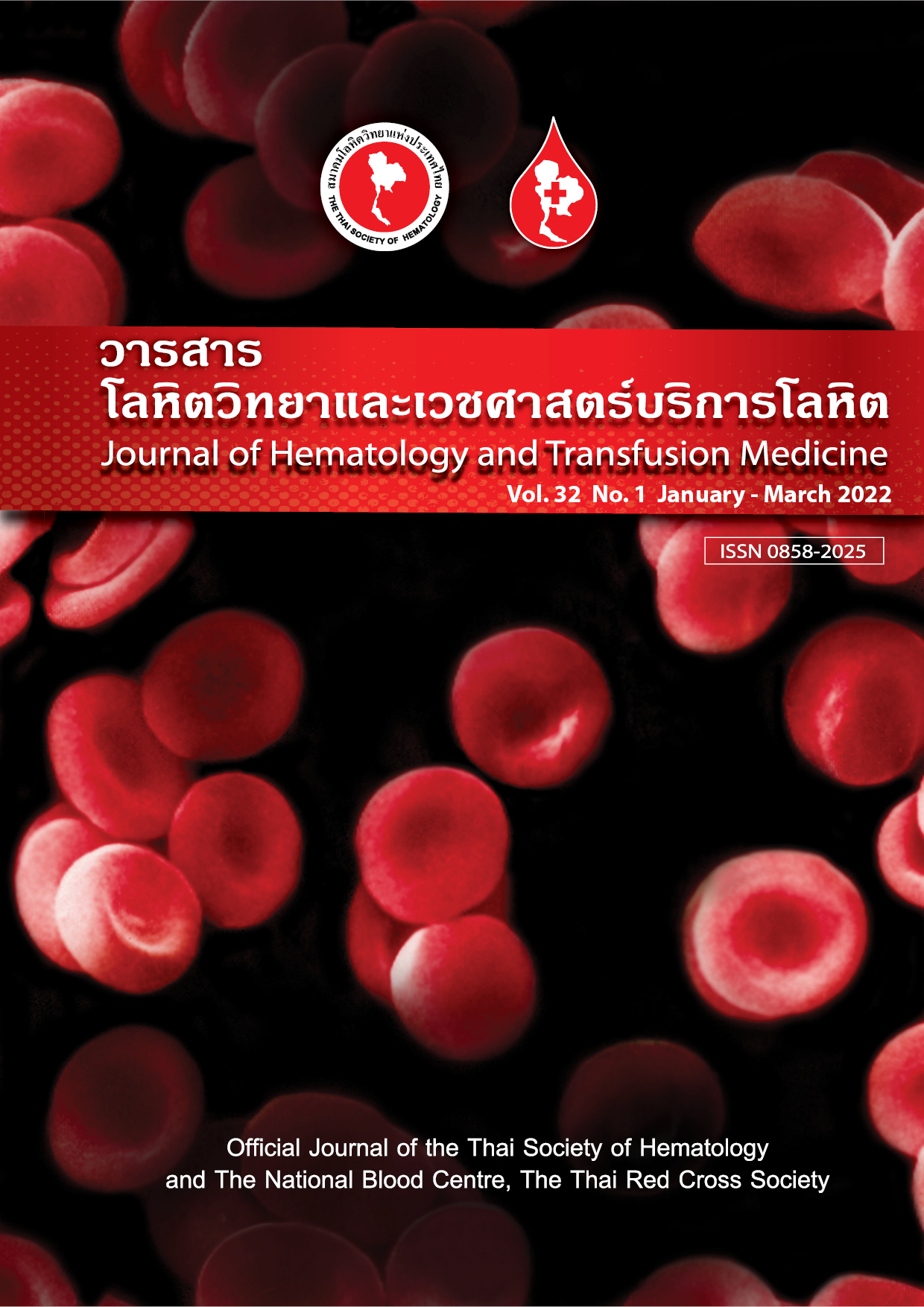Treatment of Primary Myelofibrosis with Valproic acid
Keywords:
Primary Myelofibrosis, Valproic acid, Histone deacetylase inhibitor, bone marrow failure, survival rateAbstract
Primary myelofibrosis is a group of hematologic malignancies with genetic, chromosomal and epigenetic abnormalities causing myeloproliferation and abnormal cytokine expression. The marrow fibrosis (collagen or reticulin) and extramedullary hematopoiesis results in anemia, thrombocytopenia, splenomegaly, bone marrow failure and may turn to acute myeloid leukemia. The median survival rate is short. Treatment options depend on patients and their economic status including medications, supportive blood component transfusion and symptomatic treatment. This report uses valproic acid acting as a histone deacetylase inhibitor in a 62-year-old female patient. She showed improved complete blood count parameters (CBC), decreased blood transfusion, splenomegaly, bone marrow fibrosis and marrow failure symptoms. After stopping valproic treatment for 6, 7 and 8 years, the hematocrit remained within normal limit. Other laboratories assays such as liver function test, renal function test, fasting blood sugar and lipid levels were also normal. The survival was longer than that predicted by the IPSS score.
Downloads
References
Inoue Y, Suzuki T, Takimoto M, Irel M, Yoshioka S, Shibuya Y, et. al. Treatment with Valproic acid for Myelofibrosis with Myeloid Metaplasia. Ann Hematol. 2005;84,12:833-34.
Hemavathy K, Wang J. Epigenetic Modifications: New Therapeutic Targets on Primary Myelofibrosis. Current Stem Cell Research &
Therapy. 2009;4:281-6.
Tefferri A. How I treat Myelofibrosis. Blood. 2012;5:3494-502
Chateauvieux S, Morceau F, Dicato M and Diederich M. Molecular and Therapeutic Potential and Toxicity of Valproic acid. J Biomed
Biotechnol: 2010; Article ID 479364: 1-18.
Ritteeverakul P. Valproic acid, an alternative treatment in Myeodysplastic symdrome (MDS). Chula Med J. 2013;4:447-55.
Benjchareonwong T. Treatment of Myelodysplastic Syndrome (MDS) with Valproic Acid. J Hematol Transfus Med. 2012;22:107-14.
Verstovsek S, Mesa RA, Gotlib J, Levy RS, Gupta V, DiPersio JF, et at. A Double-Blind, Placebo-Controlled Trial of Ruxolitinib for
Myelofibrosis. NEJM. 2012;366:799-807.
Harrison CN, Vannucchi AM, Kiladjian JJ, Al-Ali HK, Gisslinger H, Knoops L, et al. Long-term findings from COMFORT-II, a phase
study of ruxolitinib vs best available therapy for myelofibrosis. Leukemia. 2016;30,8:1701-7.
Downloads
Published
Issue
Section
License
Copyright (c) 2022 Journal of Hematology and Transfusion Medicine

This work is licensed under a Creative Commons Attribution-NonCommercial-NoDerivatives 4.0 International License.



